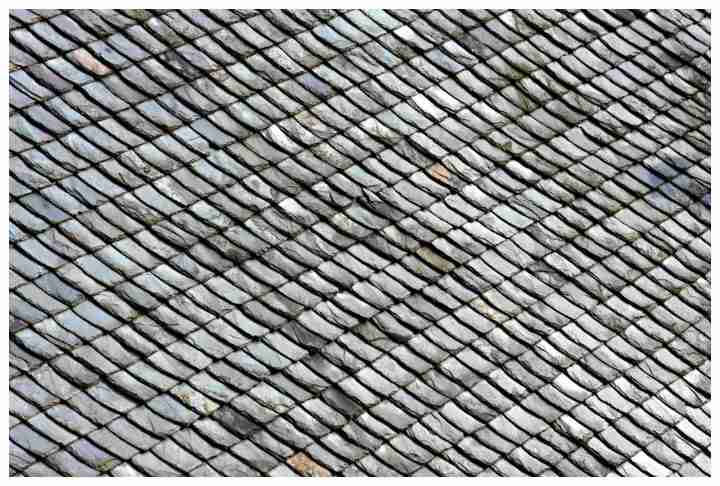
Image: ‘Imperfection is pefection’ by Adinatan
Recently I read an excellent short piece in the Guardian Weekly written – I think – by Polly Toynbee and repeated here verbatim.
In praise of…… irregularity
When buying fruit and vegetables this Christmas, the model to have in mind is the Guadagnini violin. Scientists in Trieste have discovered that the reason why these violins produce such exceptional sound (they think that this will prove true for the Stradivarius violin too) is the tiny irregularities introduced in its construction that give it an edge over symmetrical instruments. In other words, its perfection comes from its imperfection. Keep this in mind when you find in the supermarkets the kind of produce they normally refuse as misshapen, of which, after a rotten harvest this year, there may be lots. There is no reason why a potato or a parsnip whose appearance brings to mind the face of a witch out of Macbeth should taste any less good than its prettier colleagues. To think otherwise is mere superstition. Let us hope that these findings help banish such prejudice – and not just in the Christmas shops, either.
Imperfection therefore, can be perfection. This is something that I ponder occasionally. Sometimes we produce a product in our factory that is blemished. It makes no difference as far as its use is concerned. ‘Stained’ steel is just as secure a material to lock your bike to as Stainless steel. In this instance however, it’s not the point, as there is often an aesthetic element which represents a core component of purchase. After all, I doubt the Guadagnini violin would sell well if it looked unsuitable. But when I think of some of my most cherished items, I can only agree entirely. Take my older bikes for instance. You know the ones. They have chips and scratches, the odd rusty scar that runs the length of the forks, a tube with that ‘ding’ in it or the odd bit of personalisation which no longer cuts the mustard in racing street cred. It’s this irregularity that elevates the bike to being my bike, to those scars being my scars and to an irregularity that takes the form of personality. I wouldn’t swop those items for the world (and especially soulless carbon). Nowhere is this more true than in the dark arts of traditional frame manufacture. The frame builder Richard Sachs maintains that manufacturing the perfect frame is an impossibility, ‘taking years of hard work, learning from mistakes, and a singular drive to achieve perfection in a craft that he realizes will never be perfect’. So every item that Sachs produces carries its own ID, its own DNA and is irregular as the next Sach’s frame (no matter how perfect that is). What a wonderfully rare grasp of a hidden reality.
Categories: Cycling, Cyclo-cross, Philosophy, Visionary



